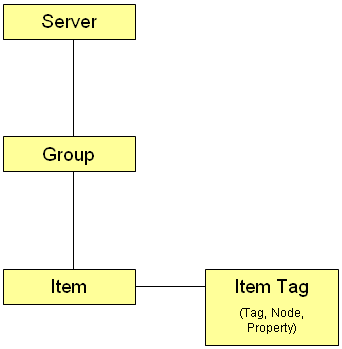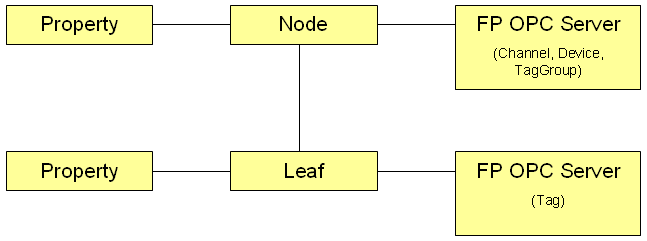Version 1 of the OPC DA (Data Access) standard was released in 1996. Today version 3.0 is available. A task force within the OPC Foundation maintains and revises the OPC DA specification.
The specification shows and describes how to construct client and server applications and allows vendors to quickly develop their own applications. It defines object hierarchy consisting of several OPC server objects, which in turn can consist of several OPC group objects. The group objects themselves can be composed of OPC item objects. OPC items correspond to process values and represent connections to data sources.

The COM interface incorporated in the server offers the client two object types: group and item. A server object is automatically created after the client connects to the server. Associated with each item is a time stamp, its quality and the value of the item as a VARIANT type. The item tags--tag, node or property objects--have to be realized on the server side.

The node objects can contain either other node objects or leaf objects. Node objects are implemented as channel, device or tag group elements within the FP OPC Server. Tag objects, which are implemented as tag elements, represent the leaf objects in the object tree.
The OPC client connected to the OPC server is responsible for the type of information it retrieves. It has to define the group structure, the poll rate and the read type, i.e. asynchronous or synchronous data retrieval. Using synchronous data retrieval, the client has to wait until the read operation is finished; using asynchronous data retrieval, on the other hand, allows the client to be informed immediately when data changes.